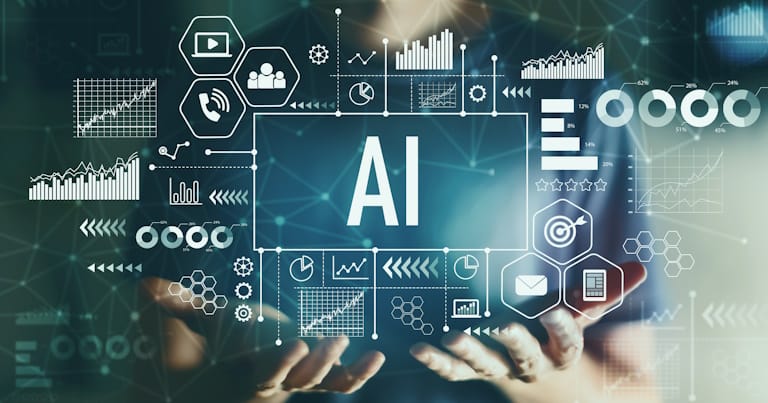

It Is More Than You Think – and It All Starts with Crystal Oscillators
Artificial intelligence (AI) plays a leading role in our lives. This technology has been seamlessly integrated into the spaces where we live, work and play. You may be surprised by the consistency with which you encounter AI in your day to day.
Consider this definition of AI, which captures the most familiar types of this technology: The most commonplace forms of AI predict, anticipate, problem-solve or provide rapid information to users. Using this broad definition, it is likely the amount of AI you interact with every day is far higher than you think.
AI In Our Everyday Lives
The following list is not exhaustive, but covers a significant number of AI applications you may encounter during your daily routine:
- The search engine you are using today, whether you want to learn more about the characteristics of a watch crystal, the relationship between 32.678 kHz crystal oscillatorsand emerging technologies or any other information available online.
- Personal assistant devices found in your home, car or workplace that provide reminders and carry out tasks at your request, such as Siri or Alexa.
- Car technologies that predict when you may need maintenance, correct your steering or sense that you are getting too close to the car in front of you, among other assistive capabilities.
- A map program on your phone or in your vehicle that will predict what directions you require based on the time of day and your routine.
- Streaming platforms, retailers websites and other apps, like social media, that suggest additional actions (such as purchases or people to follow) based on your preferences and buying behavior.
- Facial recognition technology used to open your phone and keep it secure.
- Augmented reality technology that can recommend products based on videos and photos of your face or body and place them on your image in a way that appears natural.
- IoT (Internet of Things) appliances (e.g., thermostats, refrigerators and more) that can collect information, such as a changing temperature or what foods you purchase, and carry out tasks or reminders to benefit you.
- Customer service online chatbots and voice assistants who communicate with you and take care of your requests.
- Wireless fitness devices that can determine your ideal exertion rate, monitor your sleep or map the routes you’ve run (including the degree of incline) to determine your fitness metrics during exercise.
- Security and safety devices for your home that can track your coming and going from home and detect anomalies or online programs that identify suspicious activity on your login or banking transactions.
The list can go on: if you have visited a healthcare facility where early disease detection technology is used, you ate foods that were harvested using predictive models for that season’s yield and many more experiences where AI is being leveraged today. It is hard to make it through the day in the modern, connected world without the problem-solving power of AI.
AI Plays the Leading Role, But Crystal OscillatorsAre Directing Behind the Scenes
When we use AI, we often feel like we are interacting with “someone,” as opposed to a machine. However, the technology behind AI is more than just the interactive, human-like voice or text that we see on our screen.
The programming that is required to make these devices work is a monumental and impressive task for computer scientists. This all happens within a device’s processor, which holds the algorithms and code that allow a device to take “smart” or intuitive actions that make life easier, more productive and even entertaining.
And yet, that is not the full explanation of how AI works. There is a technical explanation for what processors and a smart device can do. Enter the crystal oscillator.
Electronic devices with AI capabilities rely on input from crystal oscillators to send and receive data from one device to another, as well as to or from the Internet. The tasks that AI devices perform also depend on timing to initiate tasks, synchronize tasks in a specific order or prompt a processing unit to carry out its programming.
For example, a watch crystal(32.768 kHz crystal) keeps human time (its frequency pulses can be calculated in seconds) in an AI-programmed electronic device to ensure that functions are executed as scheduled. These components also document precisely when an event occurred, such as movement outside your door detected by a camera then relayed to your smartphone or the duration of your workout.
Learn more about the relationship between timing solutions and emerging technologies here.
How Much AI Do You Think You Used Today? was last modified: December 13th, 2023 by